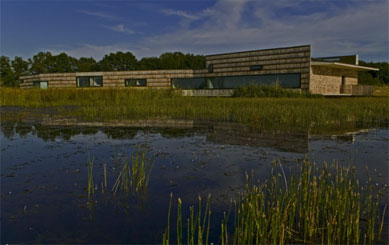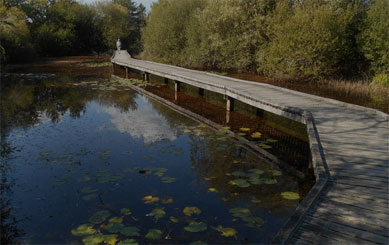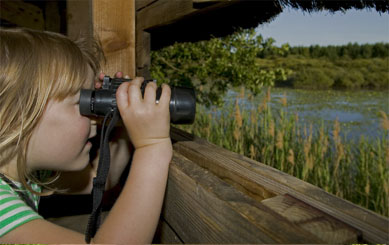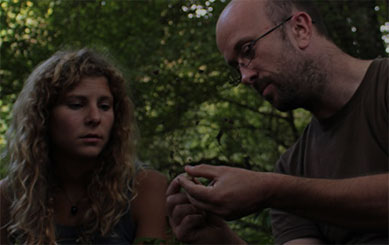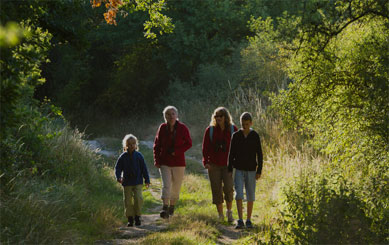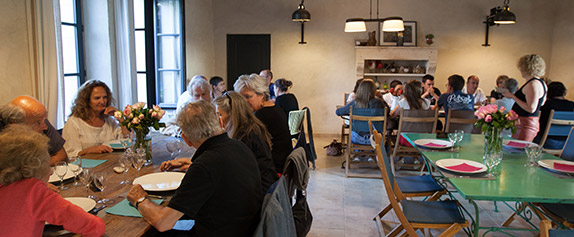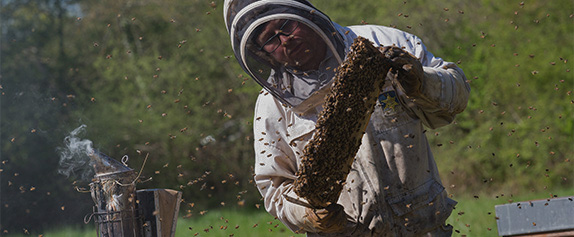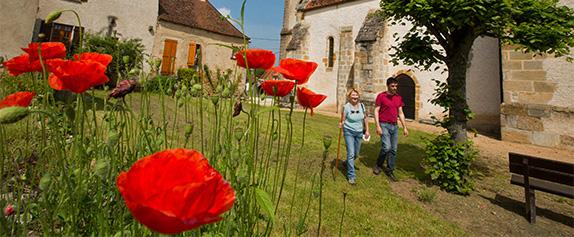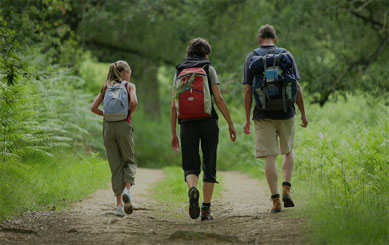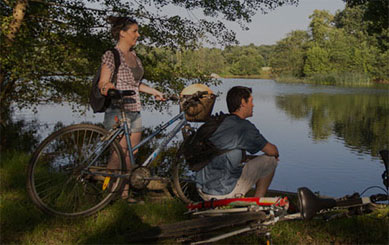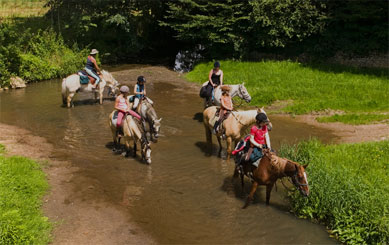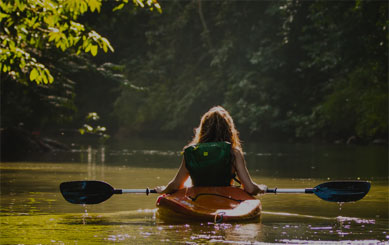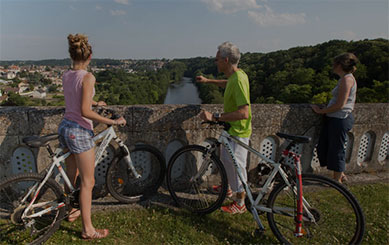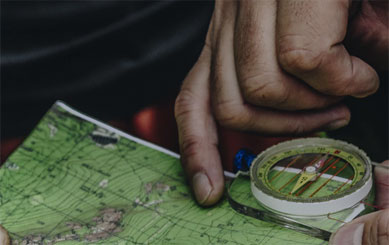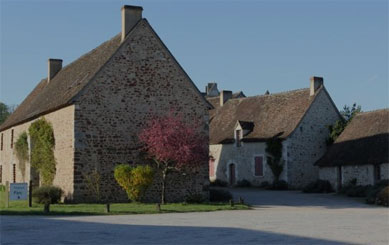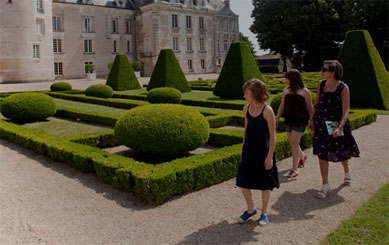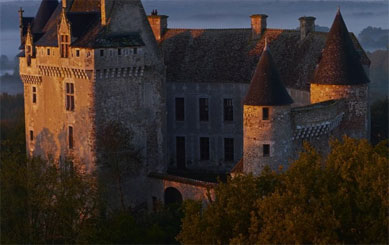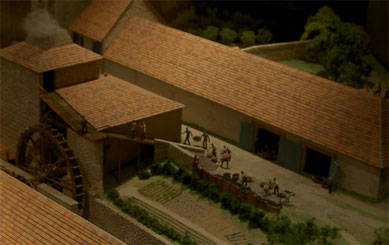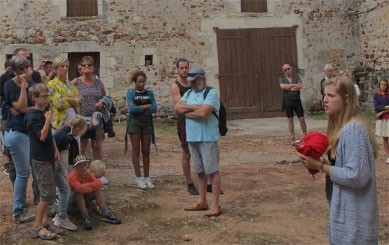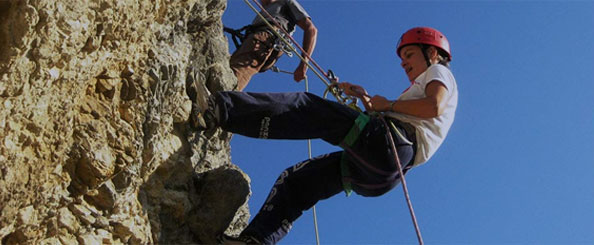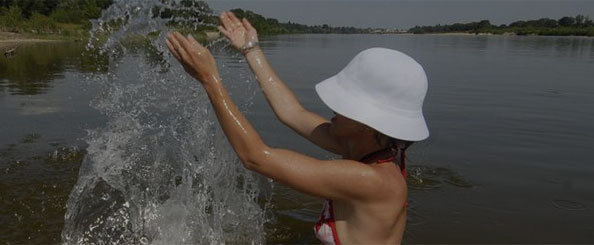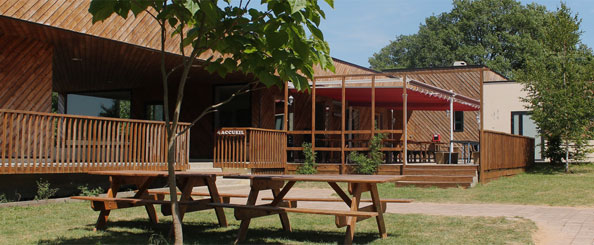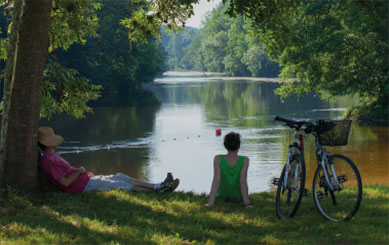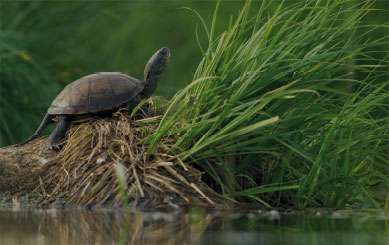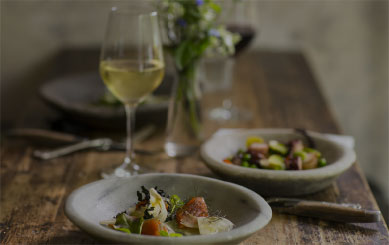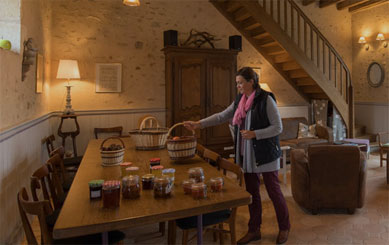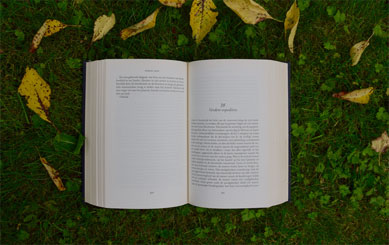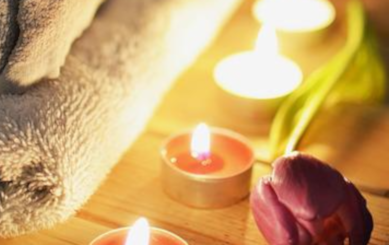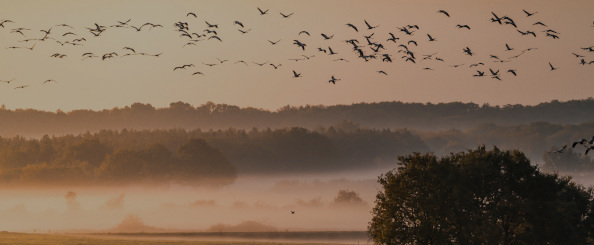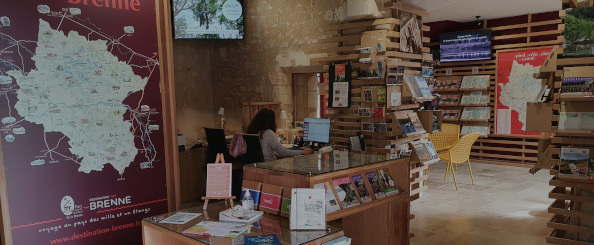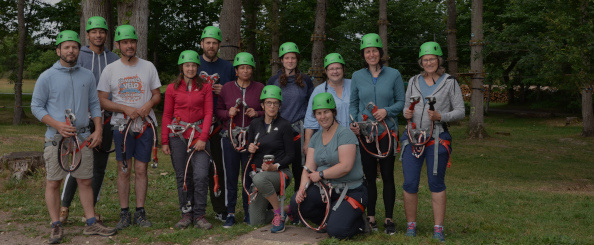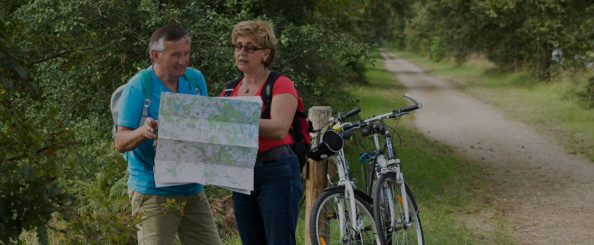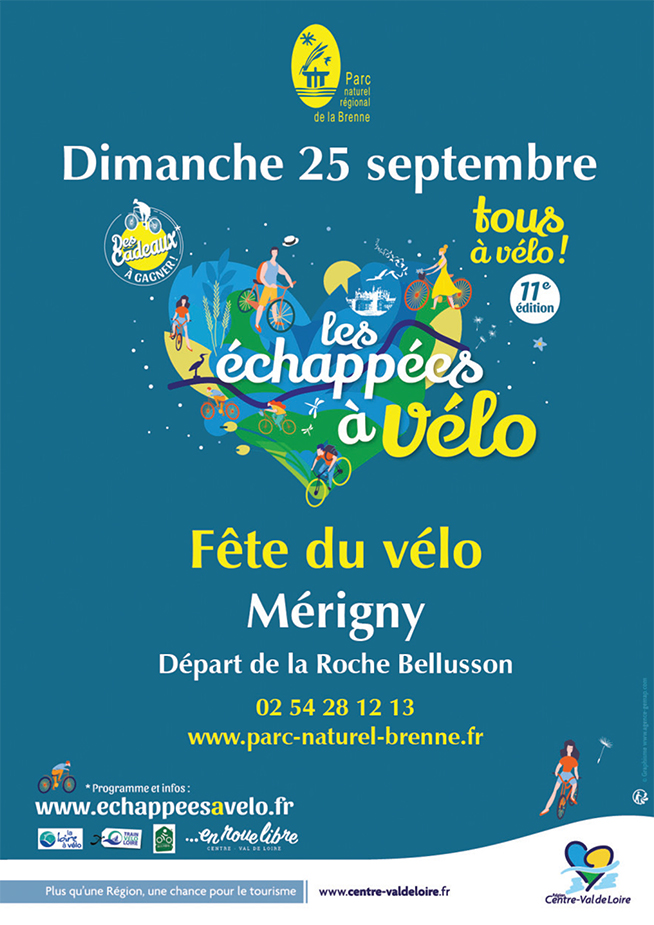Spring comes earlier here than in northern Europe and by mid March there are many signs that spring is starting.

The first of the bird migrants arrive during the month: Black-necked Grebe, Black Kite, Hoopoe, Barn Swallow, House Martin are all back by the end of March.
The first flowers begin to appear and even the first orchids are in evidence, Green-winged orchid is one of the earliest and commonest and quite numerous throughout the Brenne – some 45 species of orchid occur here but obviously not at the same time. For the greatest number of species late May and early June is the best time.

Central Brenne has a slightly acid soil and orchid species to match: Tongue, Loose-flowered…, the limestone areas at the areas fringes has many others: Monkey, Military, Violet Limodore, Early Spider… along with species that are more difficult and localised and thus more difficult to locate such as Bird’s nest and Man orchid. The widespread Lizard orchid is often found in gardens and for the endemic Brenne orchid (considered by some as a full species, others as only a subspecies of Dactylorhiza elata Robust marsh orchid), whichever it is interesting and found only in Brenne, late May being the best time. Mullers Epipactis can be found on limestone to the west of the area, it one of the latest species to flower except for Autumn Lady’s Tresses.
April and the migrants come flooding in. Nightingales seem to steal the show with their song pouring out from every clump of blackthorn early in the morning. We sometimes get complaints from visitors staying at the local campsite saying that “they can’t get to sleep for the birds”.

Early May In spring I open my bedroom window and as soon as I wake I am slightly reassured that a decline in biodiversity may not be happening quite so quickly here as elsewhere. The amount of bird song that greets me is often astounding, a real dawn chorus. I live on the outskirts of the small village of Rosnay in the centre of the Brenne. The habitats in the immediate surrounding countryside are mainly of gardens, hay meadows, very fine hedgerows, small patches of woodland… and that’s about all. But what a variety of species. I was brought up in Nottingham, hardly a birders Holy Grail, so that anything slightly interesting here would probably better any of my childhood experiences. This morning there are good numbers of various species including many that would make for a good day’s birding for most people from farther North: Hoopoes (3 singing males in the village), Golden Orioles (mainly giving there raucous cry), Melodious Warblers (ten-a-penny), Cirl Bunting (common garden species here), a calling Black Kite and Turtle Doves (yes, they’re still quite common here too).
Those species that shoudn't be missed




